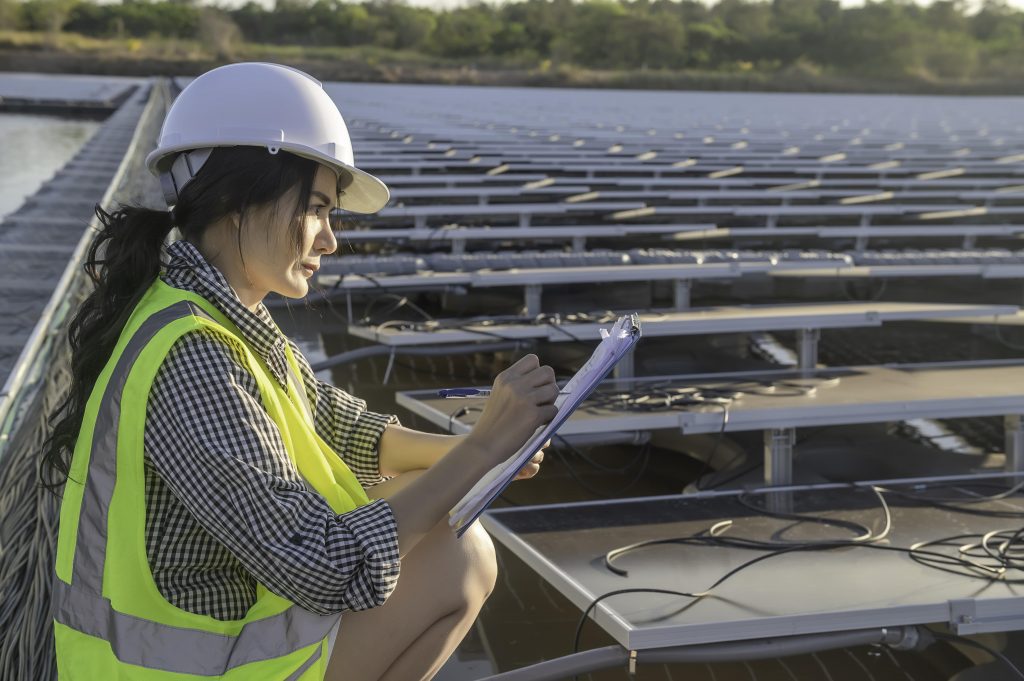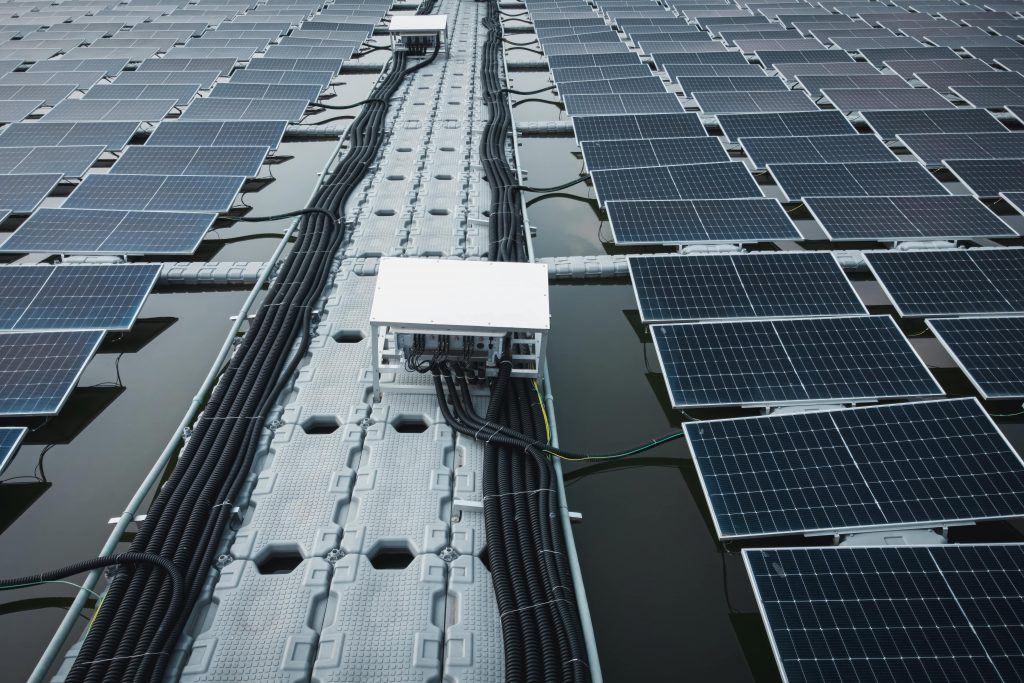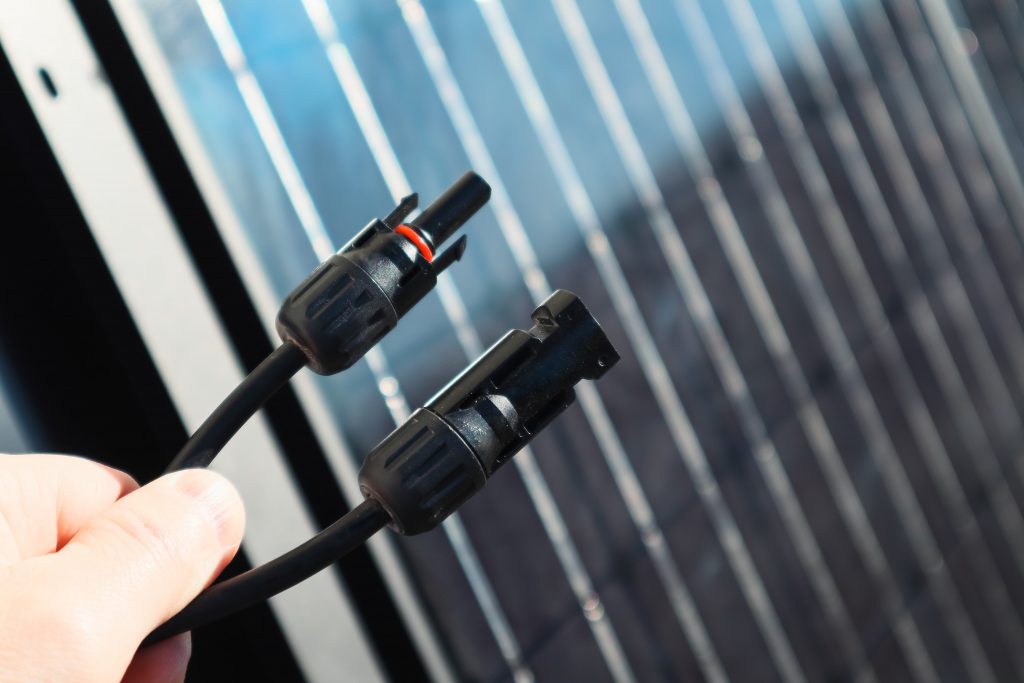Copper rate
27. November 2025
: upper CUN
967,88
EUR/100kg
KBE Elektrotechnik GmbH | Symeonstraße 8, 12279 Berlin | GERMANY
+49 (0)30 / 25 208-100

The current carrying capacity indicates how much current a cable can safely transmit before it overheats and becomes damaged. An incorrectly dimensioned cable can therefore not only lead to a loss of performance but also pose a fire hazard.
The current carrying capacity (also: permissible current density) indicates how much current (in amperes) a cable can safely transport over a long period of time without overheating.
The decisive factor is:
Example: A 4 mm² solar cable (e.g. KBE Solar DB+) has a current carrying capacity of 57 A when laid freely.

There are many factors that influence current carrying capacity. These are essentially:
The cable's cross-section is specified in mm² and has an indirect, proportional effect on the resistance. This means: the larger the cross-section, the lower the resistance.
Example: A solar cable with a cross-section of 6 mm² has a higher current-carrying capacity than one with a 4 mm² cross-section because the resistance is lower.
As a rule of thumb: Doubling the cross-section ≈ 40% more current-carrying capacity
Installation depends on how well the heat generated is dissipated by the solar cables. If the heat is poorly dissipated, overheating can occur more quickly.
Therefore, the poorer the heat dissipation, the lower the current carrying capacity.
There are different ways solar cables can be installed:
The current carrying capacity is greatest for solar cables that have been laid freely and becomes smaller the more “constricted” the cable is – bundled cables heat each other up.
Different materials can be used for the solar cables.
At high temperatures (e.g., on roofs), the current carrying capacity decreases. Therefore, PV cables must be UV-resistant and designed for temperatures between -40 °C and +90 °C.
Note: If the ambient temperature of your solar cable differs from that of the manufacturer, you must include a correction factor or conversion factor when calculating the current carrying capacity.
For the installation of multiple solar cables, conversion factors (=reduction factors) for the current carrying capacity according to IEC 60364-5-52 must be used.
When laying the cable underground, IEC 60364-5-52 Table B52-3 or B52-5, Column 7, must be used. The current carrying capacity values from Column 7 apply to the installation of the cable in a cable duct in the ground.
The cables are buried directly in the ground in cable ducts with a diameter of at least 100 mm, made of plastic, earthenware, or metal. The soil must have a specific soil resistance of 2.5 K * m/W and the installed cable duct must be 0.7 m deep.
If the cable is laid directly in the ground, the current-carrying capacity according to IEC 60364-5-52 is approximately 10% higher than the values in column 7.
Furthermore, IEC 60364-5-52 must be used if the following deviations occur:

At KBE-Elektrotechnik you will find a wide range of solar cables that have been specially designed for use in PV systems.
KBE-Elektrotechnik's solar cables are triple-certified according to the European standard EN 50618 (H1Z2Z2-K), the international solar cable standard IEC 62930 (IEC 131), and the standard 2Pfg 1169 /10.2019 (PV 1500-K). This guarantees excellent technical properties, high safety, and a long service life of at least 25 years.
A solar cable with a cross-section of 6 mm² releases less heat than a cable with 4 mm² and the risk of overheating is reduced.
Here you will find the appropriate tables for determining the current carrying capacity of KBE Elektrotechnik solar cables.
Proper installation also includes using the right connectors. Do you need help installing your solar cable? You'll find many practical tips in our guide "Correct Installation of Solar Cables."

Permanently exceeding the current carrying capacity can lead to overheating, insulation damage, fire hazard and up to 5% power loss per meter of cable.
No! Conventional cables are often not UV- or DC-resistant. For PV systems, you may only use designated solar cables.
For every 10 °C above 30 °C, the load capacity decreases by approximately 5%.
Yes, but only with suitable connectors and cables with the same cross-section.